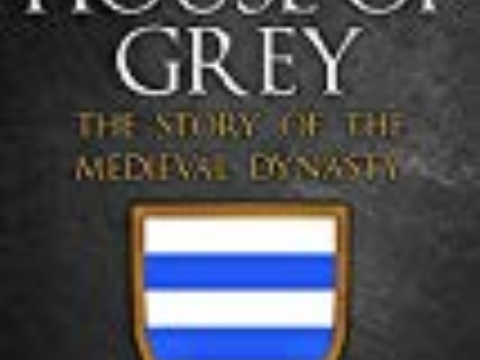Who's Who in Wolf Hall
Biographies of people whose lives entwined with Cromwell
Chapter 1: Audley - Boleyn
Audley, Sir Thomas c. 1488 - 1544 Audley was the brother-in-law of Thomas Grey, Marquis of Dorset, Henry VIII's cousin. He studied law at Middle Temple and entered Parliament as MP for Essex. He held minor Court posts and was associated with Thomas Wolsey in the late 1520s before being appointed Speaker of the House of Commons for the Reformation Parliament. Audley was closely associated with Henry VIII and Cromwell in the passing of the acts which detached the English Church from Rome.
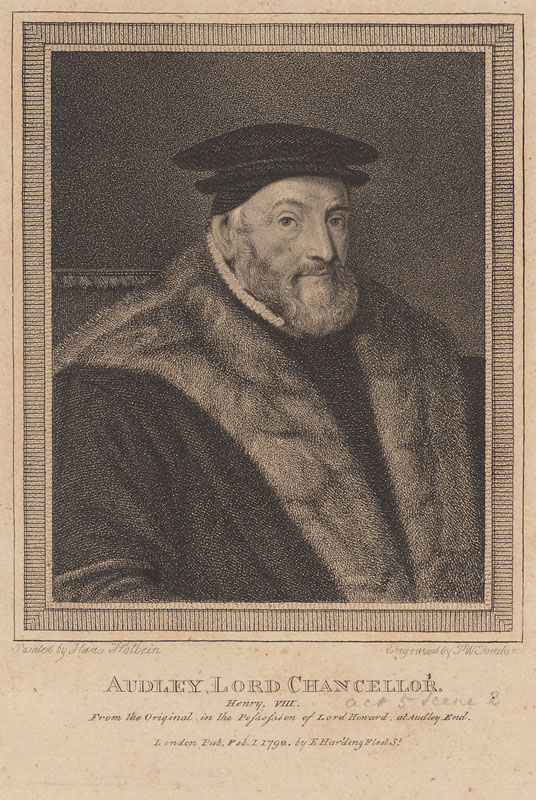
As Lord Chancellor from 1533, he presided over the trials of More and Fisher and witnessed the execution of Anne Boleyn, having been one of the panel trying her. Further treason trials for the Pilgrimage of Grace and the Exeter Conspiracy were presided over by Audley. Despite his previous close association with Cromwell, he managed the Parliamentary business required to condemn Cromwell without trial. By inclination a reformer in religion, he nevertheless worked to implement the conservative Act of Six Articles.
Avery, Thomas A protégé of Cromwell, he was sent to the Low Countries in 1529 to be educated under the guardianship of Cromwell's friend, Stephen Vaughan. He was later placed by Cromwell, presumably for the purposes of spying, in the household of Gertrude Blount, Marchioness of Exeter, a noted conservative and wife of Cromwell's enemy, Henry Courtenay, Marquis of Exeter.
Bainbridge, Christopher, Cardinal and Archbishop of York c. 1462 – 1514 Favoured by Henry VII, Bainbridge was sent to Rome by Henry VIII as his ambassador in 1509. Cromwell acted for Bainbridge in ecclesiastical matters in Rome. Bainbridge excommunicated James IV in 1513. He was poisoned by one of his servants in 1514, leaving vacancies that were filled by Thomas Wolsey.
Barton, Elizabeth c. 1506 – 1534 Known as the "holy maid of Kent", Barton was a servant girl, who, around 1525, after a severe illness, began to see visions. These consisted mainly in heavenly commands for her to exhort people to venerate the Virgin Mary, and undertake pilgrimages. The Church was always suspicious of visions, and her private life was investigated. She was found to be of good character, and entered a convent.
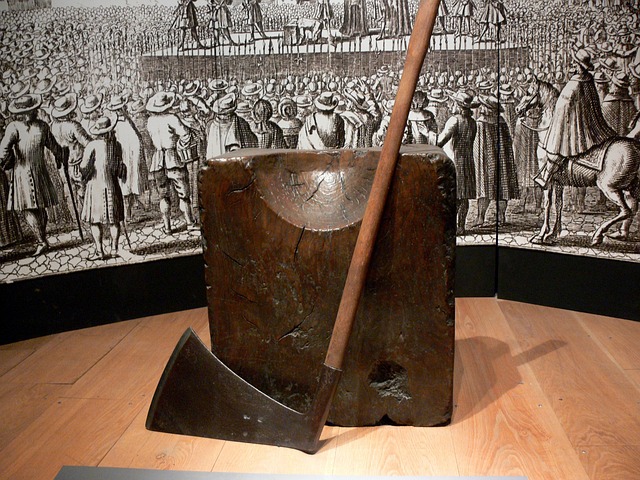
Barton was brought before both Wolsey and the King, who were happy that her prophecies were completely orthodox. So far, so mediaeval. Unfortunately, matters took a turn for the worse when Barton began to preach against the King's annulment and prophesied that if he remarried, he would die within a year. Cromwell had Barton and various supporters attainted of treason, and forced to confess that her prophecies were false. She and five others were hanged and her head set on London Bridge.
Bedingfield, Sir Edmund 1480 - 1553 Sir Edmund served King Henry VIII in France, being knighted at Montdidier in 1523. He was content to support Henry in his divorce, and attended Queen Anne Boleyn's coronation in June 1533. It is unlikely that he found his next duty so attractive. He was appointed as Comptroller and Steward (for which "gaoler" may be read) to Katharine of Aragon in her exile at Kimbolton. He appears to have followed the orders of the King and Council in keeping the Queen (now known as the Dowager Princess of Wales) confined, but had enough humanity to allow the visit of Katharine's oldest friend Maria de Salinas, Lady Willoughby in the last few days of Katharine's life. Bedingfield's wife was ordered to attend Katharine's funeral.
Sir Edmund had another encounter with a luckless wife of Henry's – accompanying Anne of Cleves to her first, disastrous, meeting with the king in 1540.
Bilney, Thomas c. 1495 – 1531 A graduate of Trinity College, Cambridge, Bilney was led during the 1520s to acceptance of the doctrine that salvation came through faith in Christ alone. He preached extensively in East Anglia, but, as this doctrine was within the ambit of the Catholic church's teaching (although it also formed the basis of Lutheranism), he was not accused of heresy. By 1526, however, he was summoned before Cardinal Wolsey and required to swear an oath that he would not disseminate Lutheran views. He swore the oath and was permitted to continue preaching.

The following year, Bilney was re-arrested and accused of heresy. He recanted whatever beliefs were found offensive, and was again released. However, remorseful for his weakness, he resumed preaching, and was finally convicted of heresy and burnt in 1531 in Norwich. The sentence was controversial as it was not clear that Bilney's views were heretical. A Parliamentary enquiry was held into the question of whether the Bishop of Norwich, Richard Nix, had exceeded his authority.
Blount, Getrude, Marchioness of Exeter c. 1500 – 1558 Gertrude, daughter of Katharine of Aragon's Lord Chamberlain, became a maid-of-honour to the Queen. She married Henry Courtenay, Marquis of Exeter in around 1520 and thus became the King's cousin-by-marriage. When annulment proceedings began, Gertrude was known to favour the Queen's cause, although her husband conformed to Henry VIII'srequirements, apparently without any misgivings.
Gertrude was chosen as godmother to Anne Boleyn's daughter, Elizabeth, which, given her views on the marriage, was probably a deliberate attempt to force her to conform. She later carried Prince Edward to his Christening. Gertrude's involvement with Elizabeth Barton, and her continued correspondence with Katharine of Aragon and her supporters, and then with Princess Mary gave Cromwell an opportunity to strike at her husband. Getrude was attainted of treason along with her husband and eleven year old son and dispatched to the Tower. She was released in 1540. On the accession of Mary I,Gertrude was appointed as her lady-in-waiting.
Boleyn, Anne, Queen of England c, 1503 – 1536 Anne, daughter of one of Henry VIII's courtiers, spent her formative years in France, before joining the English court as one of Queen Katharine's maids-of-honour in 1521.She fell foul of Cardinal Wolsey when she became engaged to Henry Percy, Earl of Northumberland without parental consent. Wolsey broke off the match – possibly, although not certainly, at Henry VIII's command. Anne nursed a grudge against Wolsey thereafter, in which she was supported by many others at Henry's court, including her father, Sir Thomas Boleyn, her uncle, Thomas Howard, 3rd Duke of Norfolk and the King's brother-in-law Charles Brandon, Duke of Suffolk.
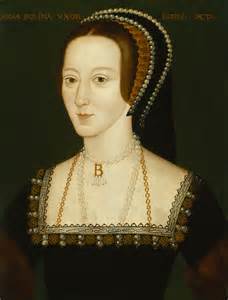
It is not known for certain when Anne caught Henry's eye, but sometime during the period 1525-6 he fell violently in love with her. This passion coincided with his fears for the succession as Queen Katharine was past childbearing and they had only a daughter. Henry decided, contrary to all custom, that he wanted to marry Anne Boleyn, she having refused to be his mistress. Anne's experience at the French court had introduced her to modern religious thought, and she was seen as a reformer in church matters (although the distinction between Catholic and Protestant was not made in the 1520s).Wolsey was unable to arrange for Henry's marriage to be annulled and Anne, working with Cromwell and Cranmer was certainly involved in the steps taken to divide the English church from Rome.

Anne was crowned in 1533,but the fact that she failed to produce the son whom Henry so much desired led him to question the marriage. Debate has raged as to whether Cromwell was directly responsible for Anne's downfall because their views on policy were drifting apart and he feared she would end his career as she had Wolsey's, or whether he merely implemented the King's desires. Whichever is the truth, he arranged matters expeditiously. Anne was charged with adultery and incest, tried, convicted and executed within a month.
Biographies
The Life and Death of Anne Boleyn: The Most Happy – Eric Ives
The Rise and Fall of Anne Boleyn: Family Politics at the Court of Henry VIII – Retha M Warnicke
Boleyn, Anne, Lady Shelton 1478 – 1555 Sister of Sir Thomas Boleyn and aunt of Anne Boleyn, Queen of England, she married Sir John Shelton and had at least 10 children, including Mary Shelton. In 1533, her husband was appointed as Comptroller of the Household for Princess Elizabeth and Anne was responsible for Elizabeth's care. She corresponded with her niece, Queen Anne, about the stubbornness of Princess Mary, who, forced to join Elizabeth's household, would not acknowledge her as a princess.
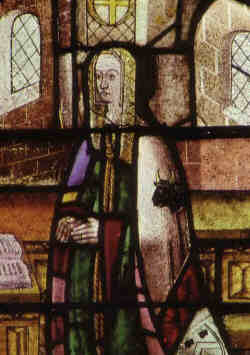
Lady Shelton appears to have bullied Mary, on the Queen's instruction. Nevertheless, her relationship with her niece was not particularly good. When Queen Anne was imprisoned in the Tower, Lady Shelton was appointed, amongst others, to wait upon her and report back every word. Queen Anne complained at being surrounded by "such as [she had] never loved."
Boleyn, George c. 1504 – 1536 Son of Sir Thomas Boleyn, George began to appear at Henry VIII's court in the early 1520s, recorded as bowling, dicing and playing tennis with the King, for which he received generous tips. He married Jane Parker in 1525, but the couple do not seem to have had children.

As his sister Anne, to whom he was close, rose in the King's favour, so too, did George. He undertook his first diplomatic mission to France in 1529, when he attempted to persuade Francois I to support Henry's annulment. He had some success, although Francois later backed out.
George was strongly associated with reformists in religion. His close relationship with Anne was perverted into a charge of incest, and he was executed with her in 1536.
Boleyn, Mary c. 1499 – 1543 Daughter of Sir Thomas Boleyn and his wife, Lady Elizabeth Howard, Mary was one of the maids-of-honour sent to France with Princess Mary in 1514 for her marriage to Louis XII. When Louis died, Mary Boleyn remained at the French court in the service of Queen Claude.
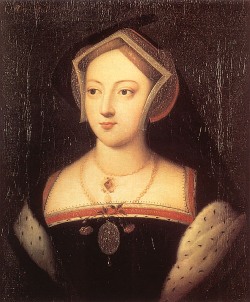
Mary's reputation has suffered, and it is alleged she had several lovers during her period in France, including King Francois I. She returned to England in 1519 as maid-of-honour to Queen Katharine, and became the mistress of Henry VIII, although whether this was before or after her marriage to William Carey is unknown. Henry replaced Mary in his affections with her sister, Anne.
Mary served Queen Anne until it was discovered that she had made a secret marriage to William Stafford (Carey having died in 1528). Mary was disgraced and sent to the country. She wrote a number of letters to Cromwell, begging him to intercede for her with the King and Queen.
Boleyn, Sir Thomas Earl of Wiltshire, Earl of Ormond c. 1477 – 1539 Sir Thomas, descended from a small gentry family in Norfolk, began his Court service in the late 1490s. He was noted as an excellent French speaker and went on a number of diplomatic missions during his career. He married well, the daughter of the Earl of Surrey, and he and Lady Elizabeth had several children of whom three survived to adulthood.
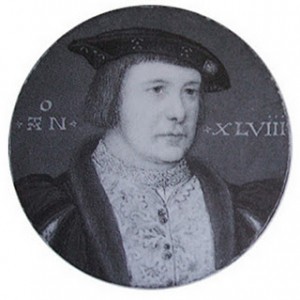
Boleyn is often seen as progressing through the beds of his daughters, but he had a very solid career before the eldest, Mary, became the King's mistress, and the younger, Anne, the King's wife. When Anne and her brother George were tried in 1536, Boleyn was excused the duty of sitting on the jury, but was stripped of his office of Lord Privy Seal and retired, disgraced, to the country.
This article is available for Kindle, for purchase from Amazon US and Amazon UK.
